Will Luxury Super Towers Soon Be Made of Wood?
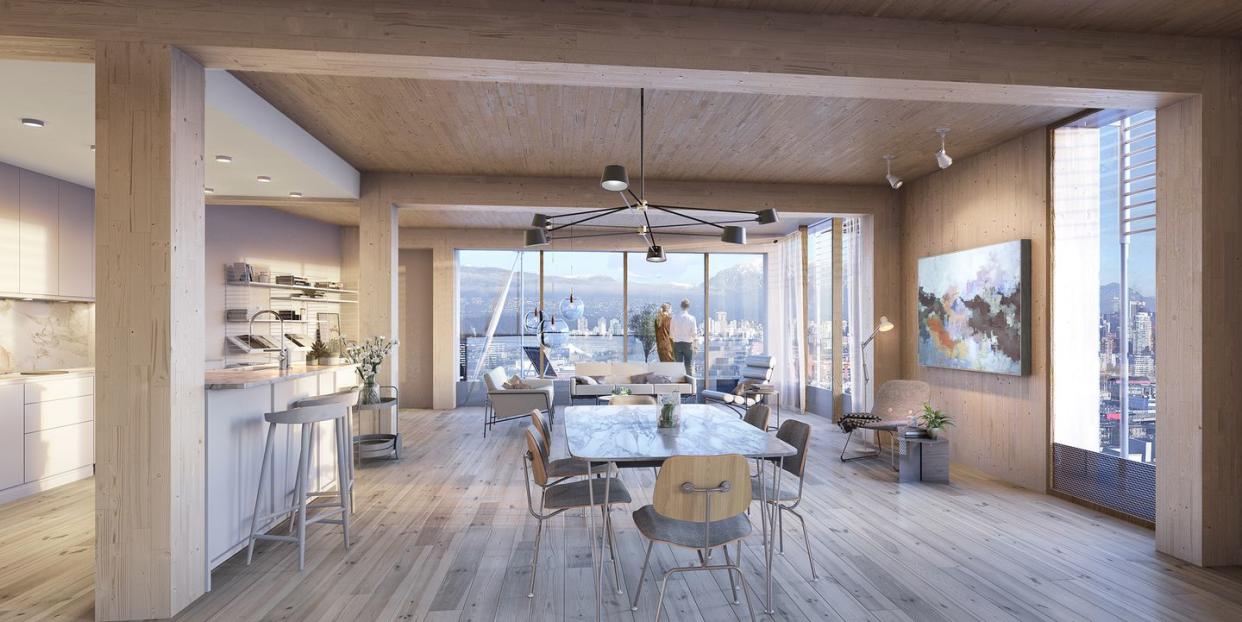
Would you live in a high-rise made of wood? It’s a puzzling question, which for some evokes images of Chicago burning or a hungry wolf blowing a pig's house in. Yet the premise of timber towers is being tested, and they may soon become an acceptable alternative to standard reinforced concrete-and-steel construction.
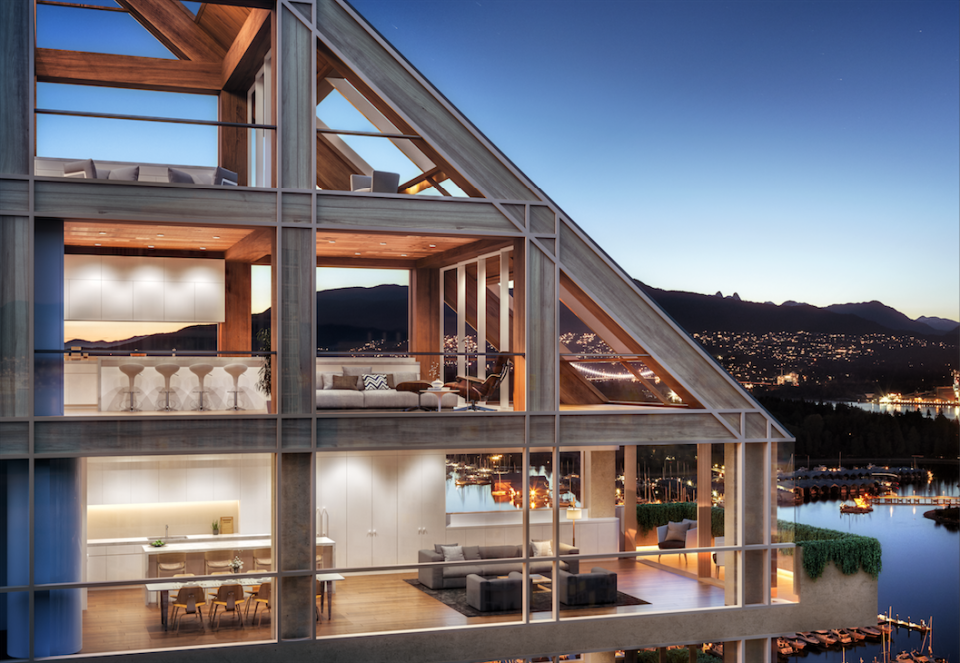
There are a significant number of high-profile new builds—recently finished, under construction, or awaiting approval—vying for the title of tallest wooden tower, including one by the Japanese Pritzker Prize laureate and ED A-Lister Shigeru Ban in Vancouver, Canada. Google’s parent company, Alphabet, has tapped another A-List firm, Norway’s Snøhetta, to join forces with the U.K.-based Heatherwick Studio on a proposed 12-acre multi-structure scheme on Toronto’s waterfront. Clearly, timber architecture projects of this scope and ambition cannot be dismissed as a frivolous experiment.
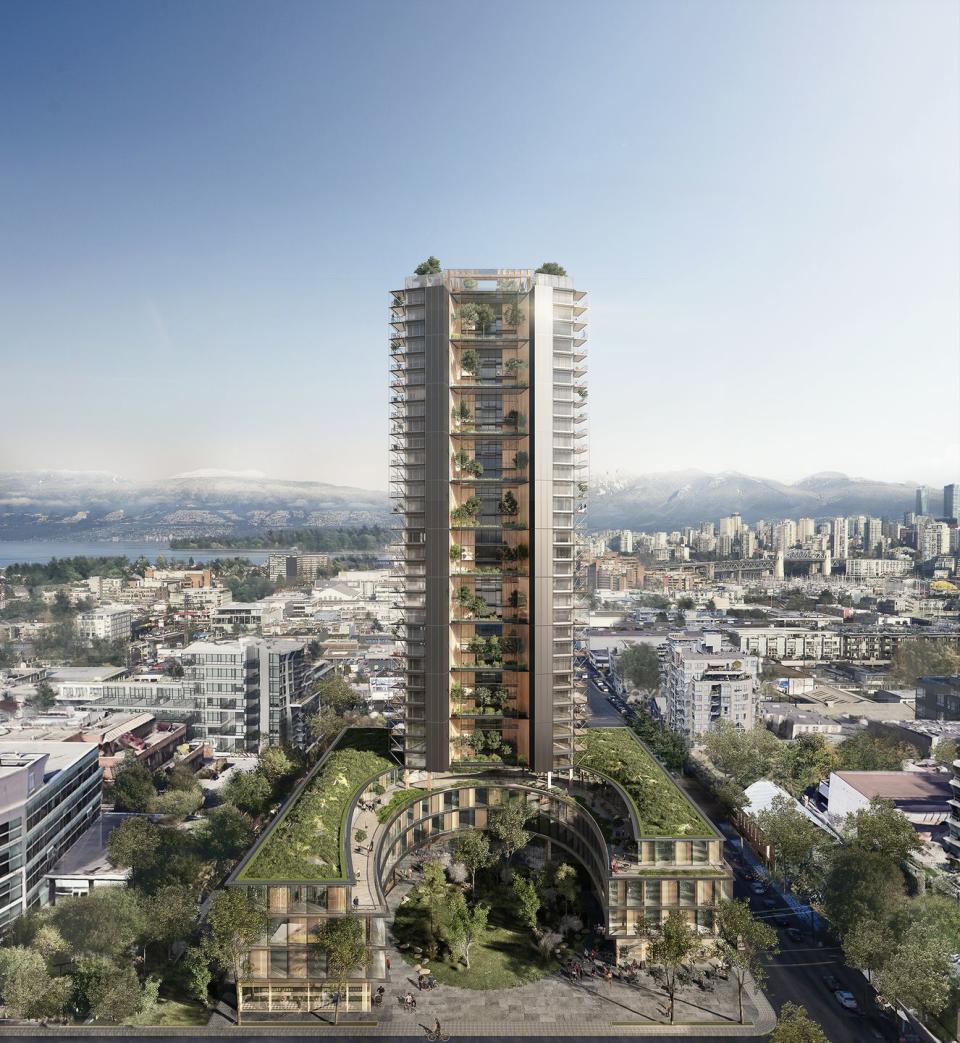
There’s a very good reason for all the effort, and that is to reduce greenhouse emissions. Wood is the only structural material grown by the sun; half its total weight is carbon. As you may remember from fourth-grade science class, trees convert carbon dioxide into oxygen, which is why deforestation and longer, more frequent fire seasons have been such a cause for alarm. Building skyscrapers from wood “makes sense in terms of sustainability,” says Barry Bergdoll, the former curator of architecture and design at the Museum of Modern Art in New York City and a professor at Columbia University. That said, wood also happens to be highly flammable, so it’s only natural that eyebrows are raised at the idea of ligneous skyscrapers.
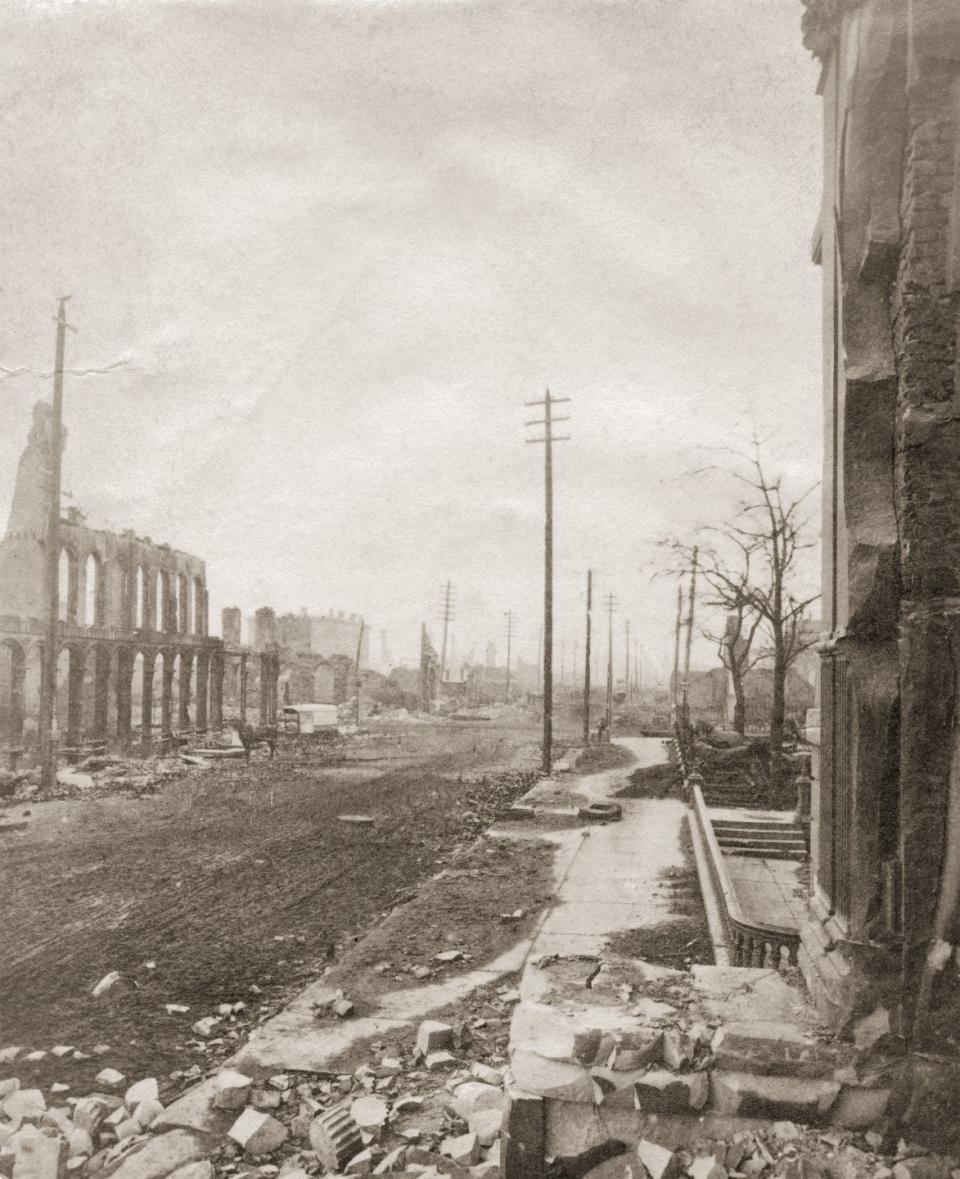
During the Great Chicago Fire of 1871, more than 18,000 structures were razed, leaving around 300 people dead and more than 100,000 homeless. Legend has it that the fire started when Catherine O’Leary’s cow kicked over an oil lamp while being milked in a barn. However apocryphal, in a city whose buildings were primarily made of wood—and cast iron, which loses much of its strength when heated up by, say, an urban wildfire—the story is easy to believe. “Nonacademic audiences glom onto fire safety with timber buildings,” says Derek Newby, an architect with the firm Perkins and Will, who is in the midst of building the Earth Tower in Vancouver, which, when completed, will be 400 feet tall—roughly 25 percent taller than New York City’s Flatiron Building. “Though I totally understand the fear that we’re making a building out of fuel,” he says. Thanks to innovative new methods of making wood fire-resistant on a large scale, however, it’s not as much of a concern as it may have once been.
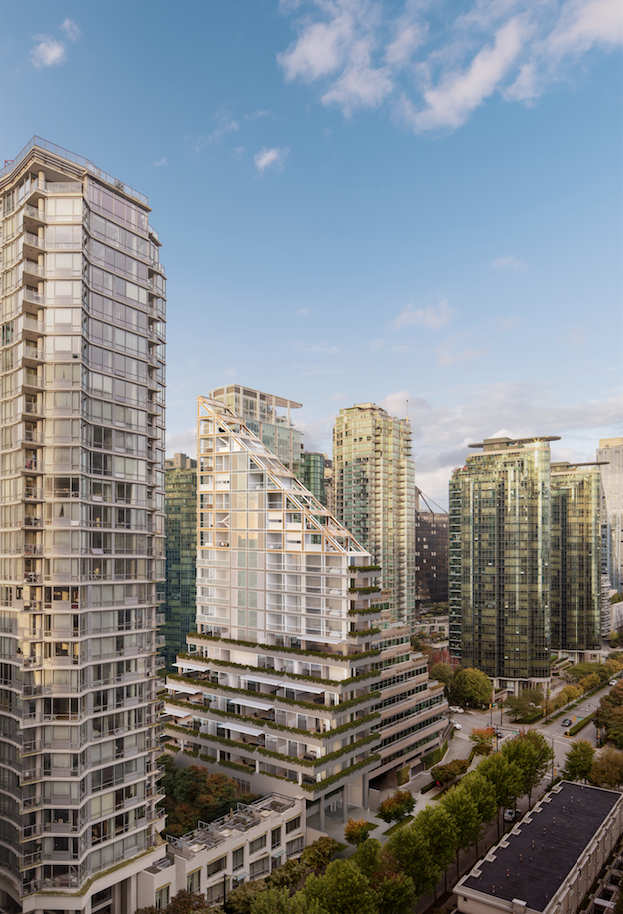
In northern countries like Canada and Norway, wooden buildings have always been prevalent, but testing the limits of verticality is a new trend. “I think timber can and should be used in urban centers,” says Zack Moreland, the director of Shigeru Ban Architects in America, who is working on the firm’s Terrace House project, also in Vancouver. Ban, who won the Pritzker Prize in 2014, is no stranger to using avant-garde materials. He’s a pioneer of employing inexpensive, sustainable elements like paper tubes and cardboard in his disaster-relief projects. Some of his most famous structures, like the Centre Pompidou in Metz, France, and the Atsushi Imai Memorial Gymnasium in Akita, Japan, are made primarily of wood. “It’s a result of the trajectory of his career that he’s able to work on these larger-scale timber projects,” Moreland says.
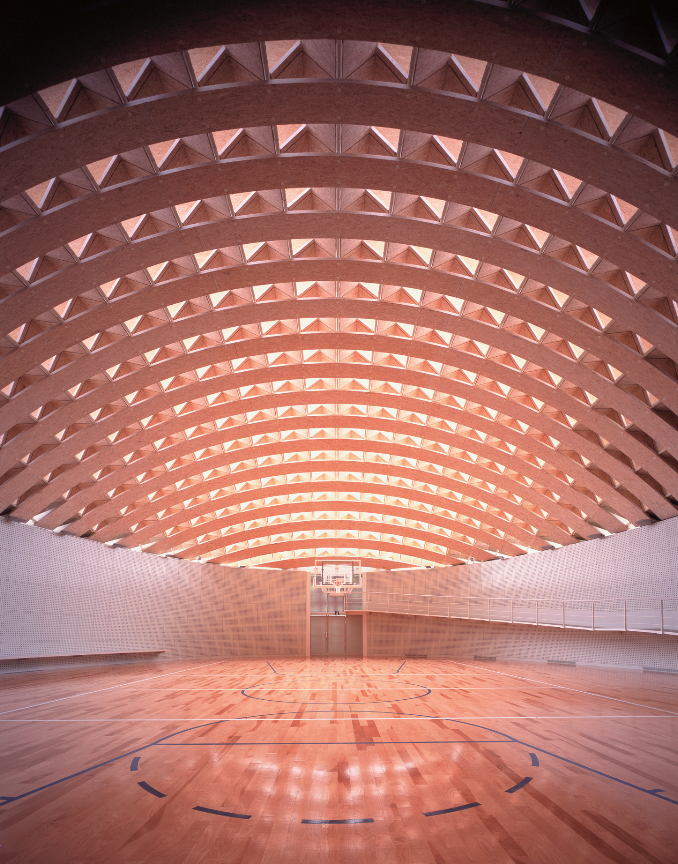
It should be noted that these new skyscrapers will not be made entirely of timber. That would not be possible technologically, nor would it be up to international building codes.

“There will be some places where concrete will be used, like the foundation, stairways, and elevator shafts,” Newby says, referring to the Earth Tower. “But we’re trying to make the building out of as much wood as we can—at least three-quarters.”
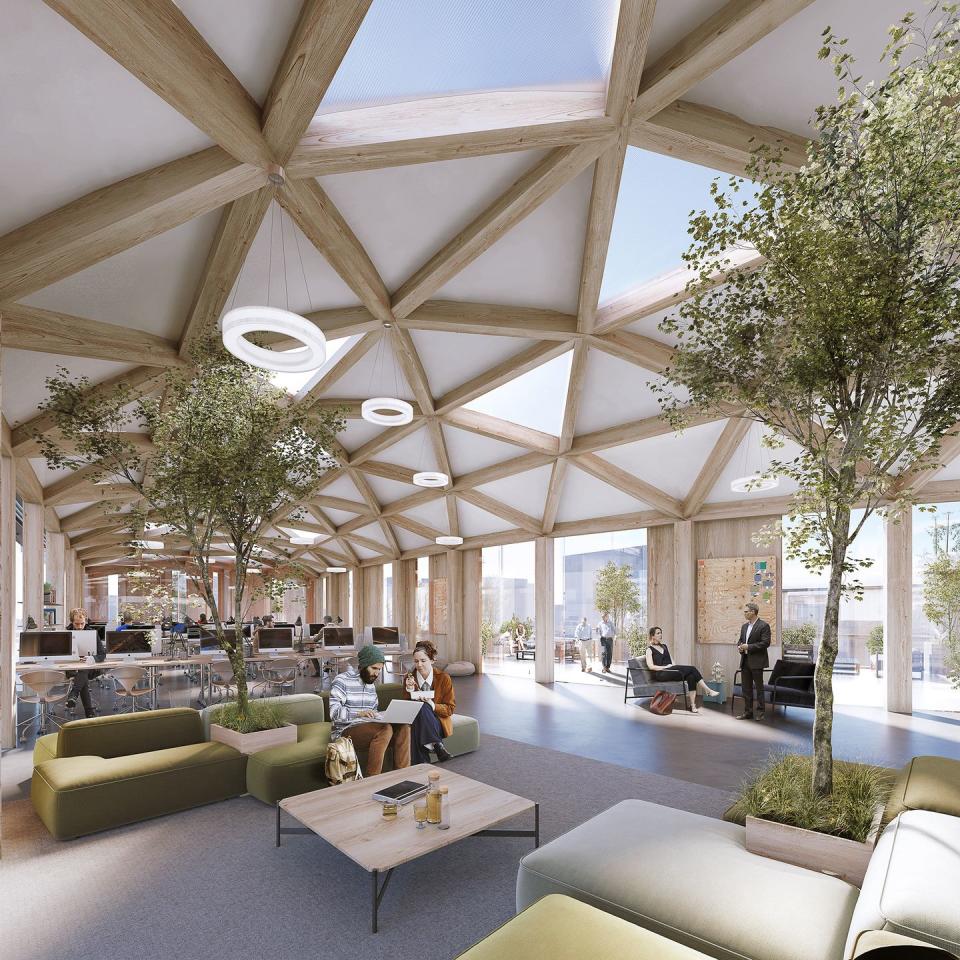
As for whether we’ll one day see super-tall towers peppering the skylines of megalopolises like New York and Shanghai, no one is sure. Can you imagine Rafael Viñoly’s 1,396-foot-tall 432 Park Avenue made from timber? Or, for that matter, the Empire State Building?
For some the glass is half full: “Theoretically, of course, it’s possible,” Newby says. Others are not so sanguine: “It may technically be possible, but it won’t be practical,” Moreland says. Even if architects never have a chance to build wooden super-talls, the demand for renewable building materials will continue to rise. “There is a shift toward a plant-based economy in general, and our time is short for climate change,” Newby says. “Changes in diet work the same way as changes in building.”
You Might Also Like

